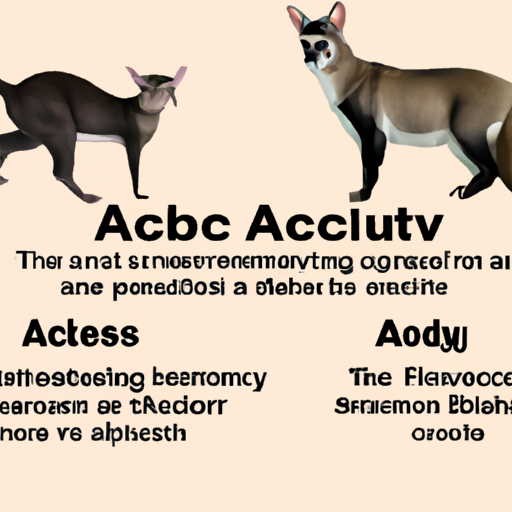 Introduction:
Introduction:
The remarkable world of the animal kingdom encompasses a diverse array of reproductive strategies. While sexual reproduction is the most common method, the phenomenon of asexual reproduction has also evolved in numerous animal species. Asexual reproduction is characterized by the production of offspring without the involvement of gametes from two distinct parents. In this extensive article, we delve into the intricacies of asexual reproduction, exploring the wide range of animals that employ this unique method, the mechanisms through which they reproduce, and the advantages and disadvantages associated with asexual reproduction.
1. The Basics of Asexual Reproduction:
Asexual reproduction can occur through various mechanisms, each with its own specific processes and implications. The three main types of asexual reproduction observed in the animal kingdom are binary fission, budding, and fragmentation.
a. Binary Fission:
Binary fission is a common form of asexual reproduction observed in single-celled organisms such as bacteria, protists, and certain animal groups like flatworms. It involves the division of a single organism into two genetically identical daughter cells.
b. Budding:
Budding is a method of asexual reproduction where a new individual grows as an outgrowth or bud from the parent organism. This process can be observed in various animals, including sponges, jellyfish, and certain echinoderms.
c. Fragmentation:
Fragmentation refers to the process of breaking the parent organism into fragments, each of which can develop into a genetically identical offspring. This form of asexual reproduction can be seen in organisms such as sea stars, planarians, and some annelids.
2. Animal Groups that Reproduce Asexually:
Numerous animal groups have evolved the ability to reproduce asexually, either exclusively or as an alternate method to sexual reproduction. Let’s explore some of these fascinating creatures:
a. Microorganisms:
Microorganisms, including bacteria, archaea, and certain protists, are well-known for their ability to reproduce asexually through binary fission. This rapid and efficient method allows for quick population growth and adaptation to changing environmental conditions.
b. Invertebrates:
i. Flatworms: Some flatworms, such as planarians, reproduce asexually through fragmentation. When a flatworm is divided into multiple pieces, each fragment can regenerate into a complete organism, thereby creating genetically identical copies.
ii. Jellyfish: Certain species of jellyfish, like Hydra, reproduce through budding. Small buds grow out from the parent body and eventually detach to form independent individuals.
iii. Sea stars: Many sea star species can regenerate from a single arm or fragment, possessing remarkable regenerative abilities. Each fragment can develop into a genetically identical sea star, allowing for asexual reproduction.
c. Vertebrates:
While asexual reproduction is rare in vertebrates, some species have developed the extraordinary ability to reproduce without sexual reproduction:
i. Komodo dragons: Female Komodo dragons have been observed to lay viable eggs without mating, a process known as parthenogenesis. These eggs hatch into offspring that are genetically identical to the mother.
ii. Sharks: Certain shark species, such as the hammerhead shark, have exhibited instances of parthenogenesis, resulting in the development of offspring without fertilization.
3. Advantages and Disadvantages of Asexual Reproduction:
Asexual reproduction offers several advantages to organisms, including rapid population growth, efficient colonization of new habitats, and the ability to reproduce independently of a mate. However, it also presents some drawbacks, such as limited genetic diversity, reduced adaptability to changing environments, and increased vulnerability to diseases or parasites.
Conclusion:
The world of asexual reproduction in the animal kingdom is a fascinating realm, showcasing the incredible adaptability and diversity of life on Earth. From microorganisms to invertebrates and even certain vertebrates, asexual reproduction has evolved as an alternative or exclusive method to sexual reproduction. By understanding the mechanisms, advantages, and disadvantages of asexual reproduction, scientists can continue to unravel the mysteries of life’s many intricate pathways of reproduction.
